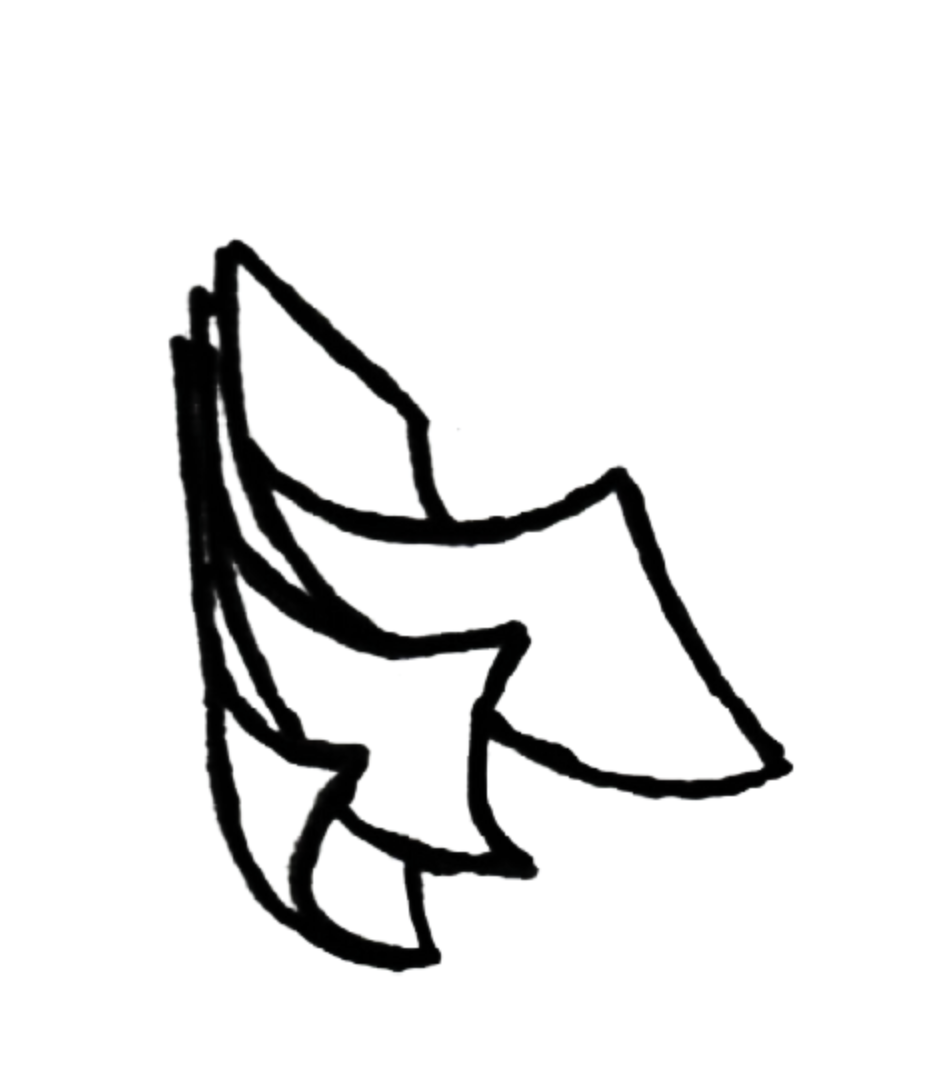
Photography from 2017 to present












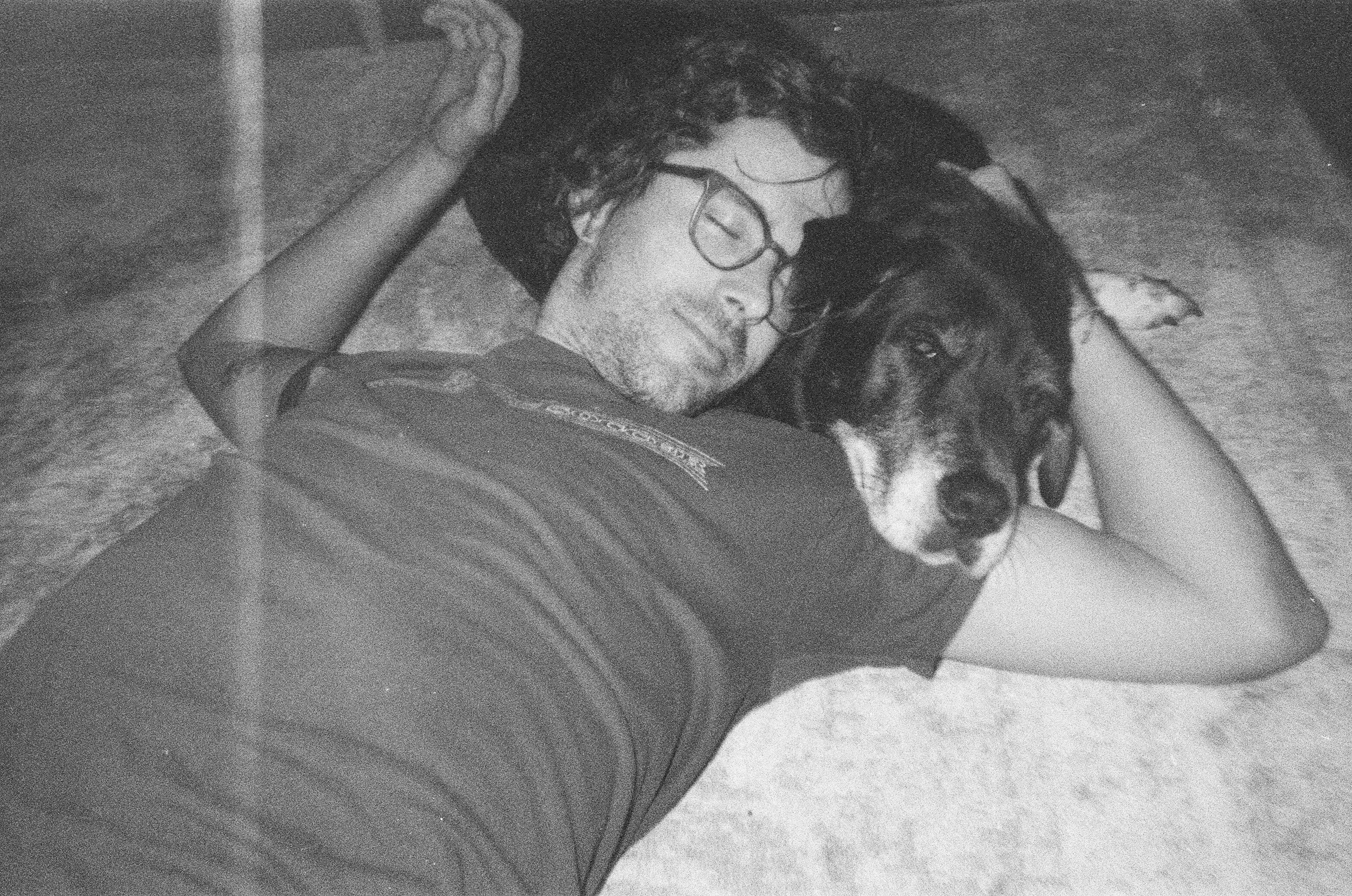
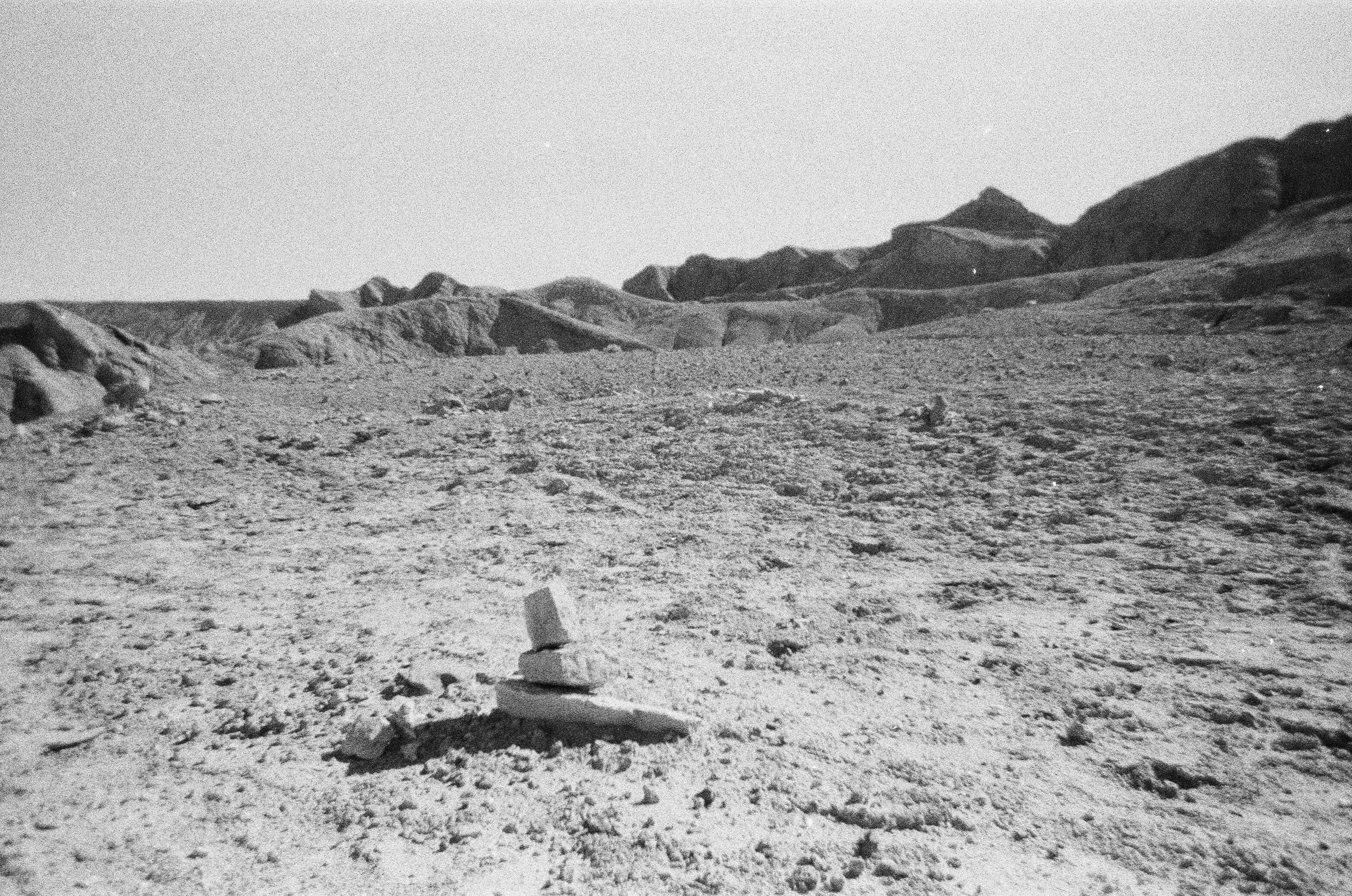






















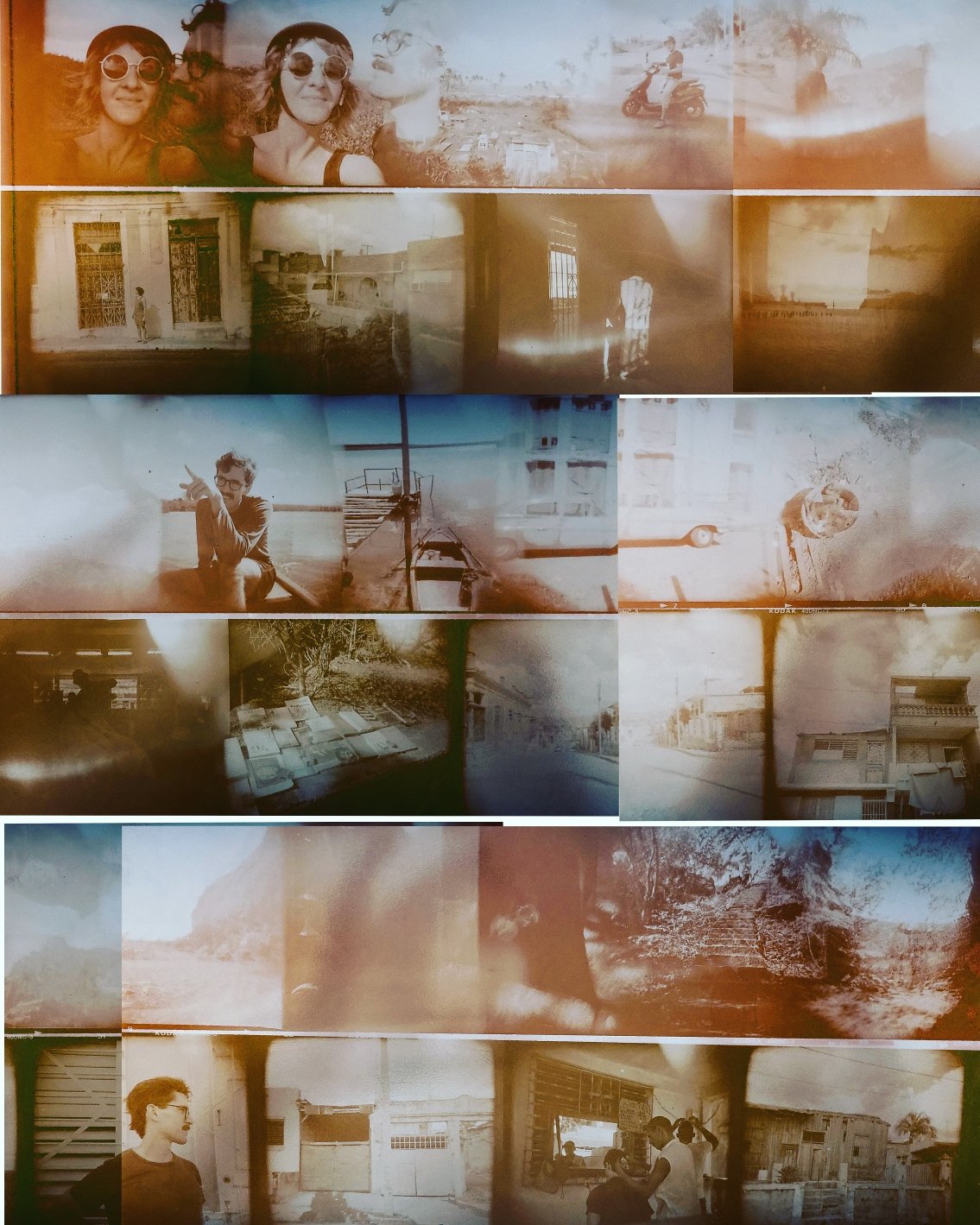
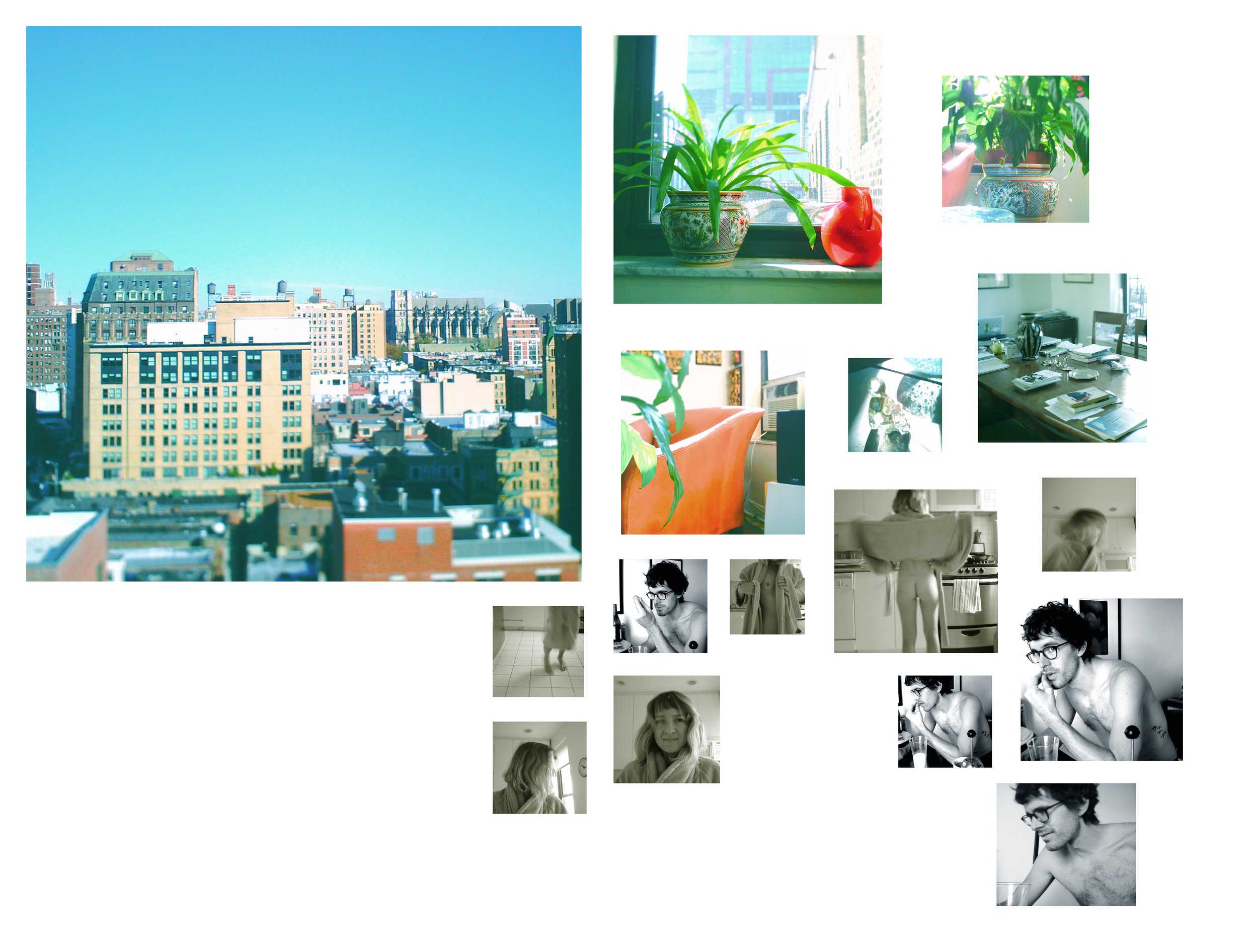

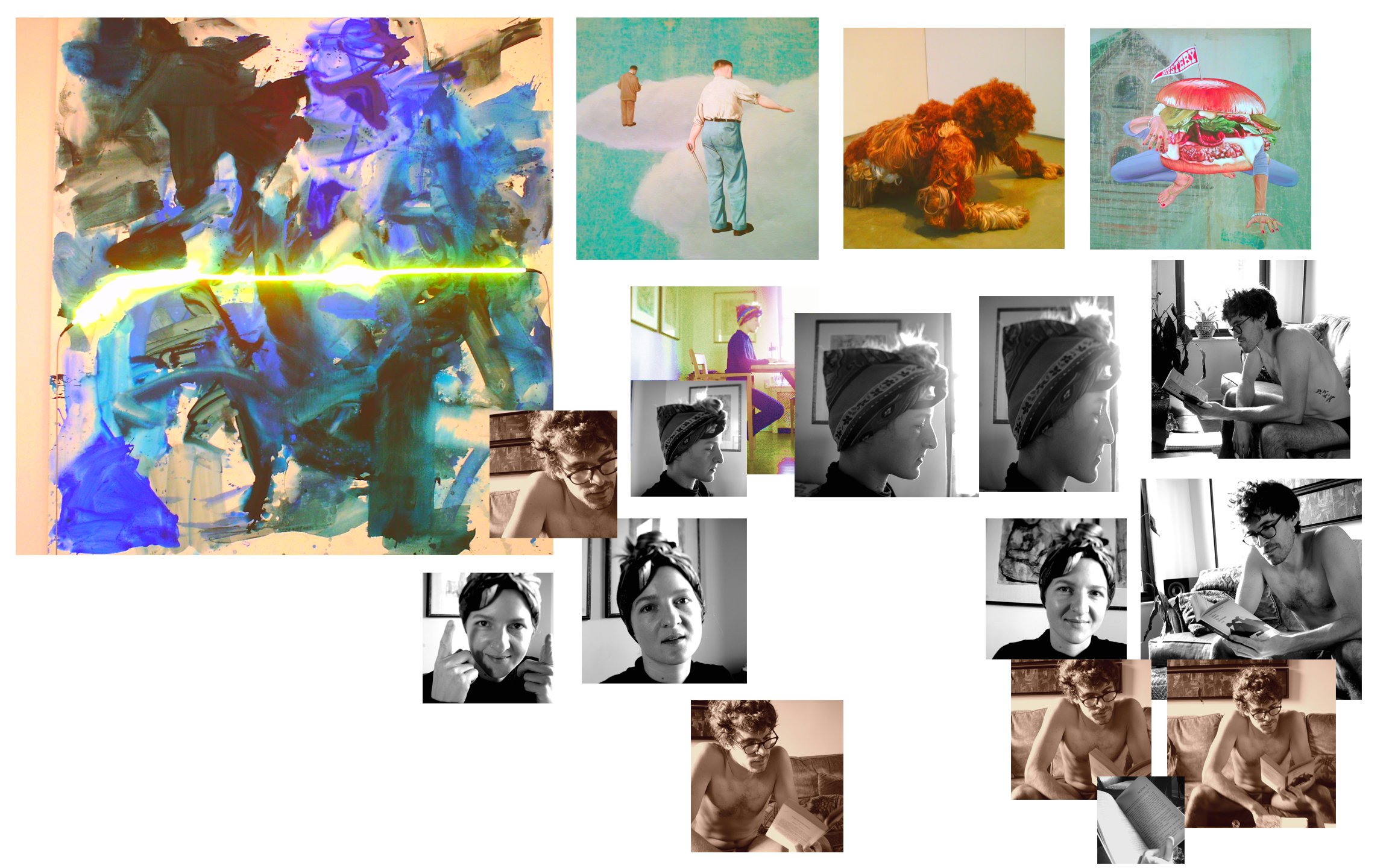


















































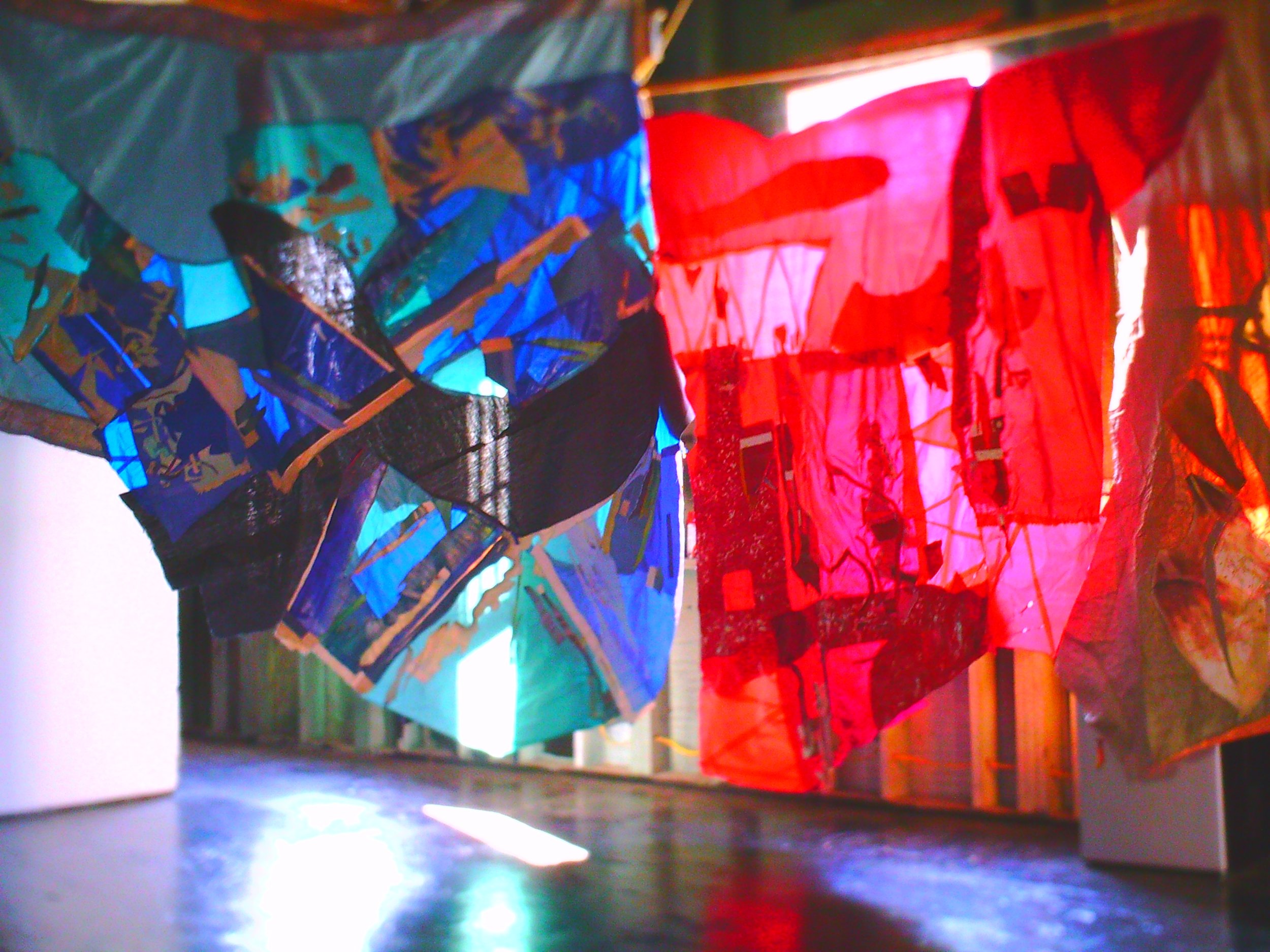
































What did it look like when Mohammad danced?
How to describe the direct transmission of embodied knowledge from one person to another.
That the body holds within it a storehouse of knowledge that can only be known in the doing. When it comes to the body and the intelligences it can convey: a question of what counts as scholarly and scientific investigation.
What about Heidegger and Marx?
Buddha was described as having a gait like a ‘king-elephant’
Jesus as having a magnetic simplicity about him
If one watched them move long enough, could their complex philosophies be transmitted without words?
that the mind and body interweave
that the they can convey through movement a concept which words could not. a tone, a gesture, a speed, a vibration, a color.
The embodied knowledge of the shoplifter experiencing their bodies in the supermarket
The sleight of hand magician performing a trick
The racist in a crowd
The altruist in a crowd
Take the example of riding a bike: one cannot learn about the nuances of how to balance oneself on a moving bike simply from reading about it.
that we are all inhabited by resonating ghosts which animate us from within. sometimes they animate us from way back, have maybe been with us from the start.
the need to research the movement of these habitual patterns, these thoughts, these feelings.
the need for a new language : : : to decentre and displace and create new flows, new pathways, new patterns, new desire lines in the field
the need to know my code, to know my ghosts and dance with them.
------
4. Embodied Citizen
I recently had the experience of researching embodied democracy with a group of 50 actors and dancers in Epidauros, Greece. For 2 hours a day over a two week period, we wordlessly explored the push and pull of collectivity and individuality as it manifested in our bodies’ relationships. The improvisations led by the Griffon Dance Company lasted 30 minutes and started the same each time: we entered the ancient stadium from the far end of the field as a single unit, doing a kind of unison march toward the center. Placement within this 50 person unit varied every time. After entering as one, we stop, turn, let out a yell three times, then begin to say our names aloud. We begin to discover each other and the unit starts to break up. The we becomes a mass of I’s. A series of chance encounters begins. Some individuals run to the distance of the playing space. Clumps slowly form, duets and trios attract and repel participants. The body is actively observing and reacting, it’s agency laid bare on a field of dirt and other bodies. Not quite thinking but sensing, attuning to the needs of the group, having a sense of the whole. See a need, offer an idea; see an idea, go in to support or develop, losing the self in building up the power of the collective—feeling the strength of a coordinated group acting as one—the beauty of its harmony and the bittersweet knowledge that it can only last for so long before it must disperse again; it’s parts breaking out to sing for themselves once more their own names. An existence which is nothing without all that surrounds it. Democracy in microcosm.
The days on the field all begin to blend together, when we start as the marching unit we tap in again to some other realm, sharing a mutual dream, an abstract drama. The strange feeling of being pulled along and actively participating, taking a risk. The strange feeling of actively doing nothing, of waiting and listening. This unique framework offered an embodied knowledge which is found along the spectrum of individuality and collectivity and a sense of the responsibility inherent to each of these states.
-----
In the hall of knowledge I set out in search for one text and happen upon another: Embodied Philosophy in Dance, Gaga and Ohad Naharin’s Movement Research by Einav Katan. In it I find Gaga described not as a technique but as a playground: a movement practice of creative and innovative dancing as opposed to one fixed on certain rules of production or one defined by a specific language of bodily positions. Similar to Deborah Hay’s practice, Gaga doesn’t claim to have a certain look; it’s aim is to produce movement patterns that enable the growth of more movement knowledge. Gaga movement instructions “produce and reveal a variety of movements and bodily textures.” Here are a few:
-have a thick ball moving in your floating flesh
-connect to your passion to move
-work in 30 percent of physical effort
-research your explosive power
-be silly
-be ready to move
This last one, be ready to move, connects to a core principle of Gaga research which prioritizes attentiveness to one’s awareness of their own physical state. In this intentional state of readiness, one is able to more easily access their own collection of former patterns of movement. They inquire into their own movement habits and consequently their own schemata of perception.
“Gaga researches habitual patterns of movements in order to achieve physical breakthrough. …As for the phenomenologist, who wants to reveal the origin of knowledge, the practice of Gaga directs the dancer towards the origin of movements, rather than their appearance.”
What lies within, how do we find it, channel it and modify it for this new situation we are in.
-------
"What's Art?" I was asked in September of 2018. Here were my thoughts then, what are yours?
---
A phenomenon which acts as a disruption from our everyday experience of the world.
An escape into a new transformed perspective.
There is life before the artwork and life after it.
It is an escape from something that seemed fixed: a system, a feeling, an identity.
Through involuntary immersion into the art, we are drawn out from our everydayness, losing our point of orientation and brought to a new place. You thought things were one way, but look they can be another. Your path seemed set, but see how it can be otherwise. In it’s liberating way, the artwork can motivate the spectator to behave in the same way: to intervene in things which appear determined and propose alternatives.
Bewilderment (how did they do it? now, anything could happen.)
In terms of the brain: a tingling feeling in the back at the base of the skull. Dormant neurons fire up again or new ones are created. (I had this recently when listening to stories from three friends who had experiences with ghosts. These stories opened up that same new space that great art does—this possibility that underneath the things we take for granted there’s an entirely new world to be made and discovered. )
inside outness: The experience is a simultaneous dive inwards, to the heart of who I am as a person and a spreading out in all directions, as if a full body veil over me has been brought up or a single cloud above me which I didn’t know had even been there is blown over and sunlight comes through touching my skin.
This escape into an opening has the feeling of renewed enthusiasm, renewed focus, seriousness, joy, abandon, care, taking bits and pieces from the experience of drunkenness, sex, drugs, holy ritual, sport.
Perhaps, though, the primary thing being transmitted, if we had to sum it up concisely, is this:
the artwork is the creative process of play and the imagination. The act of creating new possibilities, new thinking, new choices. The relationship between our blocks and boundaries and the play and imagination which somehow goes beyond them. Both the product and transmitted effect. Walking out of the gallery or the venue or the subway or the library without words, with so many words that one cannot speak. The light is different, the hairs dancing on the skin, the movement of branches and leaves. And now this:
-------
Derive: drifting and deliberately trying to lose oneself in the city. Aimless excursions dictated by chance.
“In a derive one or more persons during a certain period drop their usual motives for movement and action, their relations, their work and leisure activities, and let themselves be drawn by the attractions of the terrain and the encounters they find there… From the derive point of view, cities have a psychological relief, with constant currents, fixed points and vortexes which strongly discourage entry into or exit from certain zones.”
For a period whose momentum was lost (I think this was 2017 or so), I was very intrigued by the ideas of the self-proclaimed 'Situationist' Guy Debord which I worked with great effort to understand and attempt to implement in some mind opening way for participants. We've yet to realize this project (entitled "Occurrences, or an as yet untitled series of events, or NAKED CITY 2") but perhaps we will some day. Debord certainly proposes magical thinking that is both revolutionary in an anti-capitalist way but also deeply spiritual (I think). Spend some time with his ideas and you will walk through cities (and relationships) very differently.
Guy Debord: “Revolution is not ‘showing’ life to people, but making them live. A revolutionary organization must always remember that its objective is not getting its adherents to listen to convincing talks by expert leaders, but getting them to speak for themselves, in order to achieve, or at least strive toward, an equal degree of participation.”
“A science of situations is to be created, which will borrow elements from psychology, statistics, urbanism, and ethics. These elements have to coincide in an absolutely new goal: the conscious creation of situations.”
The script is about situations, it is also designed to create one.
“The most urgent expression of freedom is the destruction of idols, especially when they claim to represent freedom.”
========
“Only taxis allow true freedom of movement. By traveling varying distances in a set time, they contribute to automatic disorientation. Since taxis are interchangeable, no connection is established with the “traveller” and they can be left anywhere and taken at random. A trip with no destination, diverted arbitrarily en route, is only possible with a taxi’s essentially random itinerary.”
- Guy Debord
=========
When I met Ann, she introduced me to the work of one of her mentors, the choreographer and dancer Deborah Hay. The singular approach which Hay brought to developing her work was really interesting to me. Within it was an invitation to bring one's full self to embodying questions -- to really living in the reality of a question posed, bringing that physically. Ann and I made a piece together and while in the process of developing that material, there were times when my brain was literally tingling because I was perceiving myself in a way I hadn't before. I wish I could remember the question. Around that time I was making an adaptation of Mary Shelley's Frankenstein and using similar methods to explore physical ways of bringing the text to life. After Frankenstein, I'd wanted to make a piece about the Ocean. I'm recalling this now because I just rediscovered the document I was using to begin some work with dancer performers. For whatever reason I never pursued this project but I'm still very interested in what the prepatory notes I cobbled together here. Some of it I wrote but much of it is lifted directly from Deborah Hay's books which I recommend to any creative person whether or not they consider themself a dancer (you are).
==========
the ocean and the space around the ocean / "ocean piece, what if"
live, fall
a singular moment
a fall into the depths of the dark, cold sea, an object deprived of pre-established subjectivity
the impersonal desire to embrace the corporeal other
the state of being other or different
in the sense of an ocean as an infinite expanse, a fall into or return to a birthplace
a place dear to one’s heart, a spiritual home, one’s bodily home
theatre onstage is an expanded life, not mere representation
“They will absorb this hidden dynamic and transform it into events, characters, words, and movements.” the heartbeat of every piece of art, the impulse to feeling.
what if how i perceive is my creativity at work?
what if i presume to be served by how i see
“never quite arriving, with room to think what might happen next
never quite arriving but remaining imminent”
If you know how to disappear, you also know how to be present.
We are all rehearsing parts for which we are as yet unaware.
We slip into characters which we do not master (attitudes and postures).
We serve a conspiracy of which we are completely oblivious (our masks).
Describing movement as it unfolds on brushes the surface of what happens onstage.
It is what I cannot name or point at in watching how a dancer performs that keeps me interested in dance. My choreography is embedded with invisible directives that invite the performer to constantly be in the act of recognizing herself. The directives are tools that stimulate a meaningful engagement between the dancer and all there is.
a movement by its very description that is impossible to do
a dance which you don’t know what it is
without predetermination
without hesitation or reconsideration
read one anothers movements as their music
lighten up, no big deal
constructive rather than reactionary
Here and gone is a directive I repeat aloud often because time is passing and we would rather it not. So we attach to a movement, often because it feels good or is beautiful or challenging. We fix on what we are doing and as a consequence lose touch with what else is around us, including the audience.
What matters is not what you do but how you are choosing to engage in the moment. Surrender linear and habitual patterning in movement and thought.
eyes around
what if attitude and destiny are two words for the same thing
what if how i see while i am dancing is a means by which movement arises without looking for it?
a style not mine
an ancient voice within quietly advises me
joy and sorrow are always present
noticing what i can see and cannot see
accept any movement that arises spontaneously
get an aerial view
there is no such thing as repetition
everything is different
my whole body is producing unimaginable instances of specificity
having millions of balls in the air at once, clearly impossible and requires practice
DANCER CUES: breathing, eye contact, slapping a table, yelling “Go!”, touch signals
this physical teamwork can trigger an action in another dancer
if you want to create a rhythm through interaction with your partner, do it only if it has a relaxing effect
movement grows from meaning, not for its own sake
do not imagine the dance in your mind because it traps you and becomes predictable
trained contact imrpov reduces pain
reviving body memory through touch — very soft skin on skin, soft slow movements over body to create contact for hours
touching a body and listening through your own into the other
very slow and detailed, make it slower to wake people up?
“what is this? what are you doing?”
you don’t give them what they want
theatre, entertainment space, art space
I give you a new experience, not defined by good or bad
representing labour as an aesthetic end in itself, as a form of energy consumption that negates the demands of productivity. her ‘unhurried work’ inserts itself as a mode of slow to consume resistance within the capitalist economy that goes against its drive towards productiveness.
You have a sense of speaking through language and of language speaking to you.
You think you got it, invent, new stuff
- J-Setting: when a new move is introduced, give a count of four before joining, creating an echo, lead and follow, join in the movement
specific steps in the phraseology
===========================
she asked when you tell the story of a memory why do you tell it?
she wanted to know
from where I was remembering
so i think back as far as i can to before i can remember
it was one night after rehearsal, it was chrismastime
my mother was playing the piano for the choir and my father was conducting
i was born then
i would lie underneath the piano and press up to feel the vibrations
of the wood as my mom played the hymns
when i was about 4 years old i gave my first public performance
silent night, holy night, all is calm, all is bright
=======
from a zen book I've since forgotten on
the interrelation of earth, space, and time:
J: Do you know how to grasp space
B: Yes I do
J: How do you grasp it
B: (strokes the air with her hand)
J: You don’t know how to grasp space
B: How do you grasp it brother?
J: (grasps his sisters noise and yanks)
B: (yells in pain) You’re killing me! You tried to pull my nose off!
J: You can grasp it now!
Z: One common idea of space is as a kind of empty container but space is form itself. Space is the nostril and the nose around it.
(a ball bounces across the space)
There is no gap in the entire world to let space in. You have some understanding of grasping space. Even if you have a good finger to grasp sapce, you should penetrate the inside and outside of space. You should kill space and give life to space. You should know the weight of space. You should trust that the endeavor of the way in aspiration, practice, and enlightenment, through challenging dialogues is no other than grasping space.
======
“in emptiness there is no form, nor feeling, nor perception, nor impulse, nor consciousness; No eye, ear, nose, tongue, body, mind; No forms, sounds, smells, tastes, touchables or objects of mind; No sight-organ element.. No mind-consciousness element; There is no ignorance, no extinction of ignorance… there is no decay and death. There is no suffering, no origination, no stopping, no path. There is no cognition, no attainment and no non-attainment.”
E. Conze, Buddhist Wisdom Books
=======
to leave an audience empowered with a field of possibility
full of spirit of life abundant, empathetic
belief in the best characteristics of people
ways out and lines of escape
transformation
a renewed sense of wonder at what it is to be living
a recognition of the pettiness of human and the pitfalls of life
an affirmation of life so logically undeniable
a true theater working profoundly to achieve an understanding that can’t be faked
transmitted to the audience on such a gut level that they don’t even know how to describe in words what happened other than that within them something deep and unnameable has change
=========
"I was driven thence by foul winds for a space of 9 days upon the sea, but on the tenth day we reached the land of the Lotus-eaters, who live on a food that comes from a kind of flower. Here we landed to take in fresh water, and our crews got their mid-day meal on the shore near the ships. When they had eaten and drunk I sent two of my company to see what manner of men the people of the place might be, and they had a third man under them. They started at once, and went about among the Lotus-eaters, who did them no hurt, but gave them to eat of the lotus, which was so delicious that those who ate of it left off caring about home, and did not even want to go back and say what had happened to them, but were for staying and munching lotus with the Lotus-eaters without thinking further of their return; nevertheless, though they wept bitterly I forced them back to the ships and made them fast under the benches. Then I told the rest to go on board at once, lest any of them should taste of the lotus and leave off wanting to get home, so they took their places and smote the grey sea with their oars."
Odysseus in the land of the lotus eaters. Book 9 of Homer's Odyssey
=======
Every day, just about, on my way to work i pass
the same person going in the opposite direction
and i wonder if they think
about where i’m coming from
and where i’m going
earthly mysteries, divine words,
unsayable things, fatal things
searching around for already thereness
scratching here n there for a missing clue
her reasoning was fatally flawless and
her explanation for the crime was
utterly incomplete
An infinite variety of emotional traffic
Make it stand out.
-

Dream it.
It all begins with an idea. Maybe you want to launch a business. Maybe you want to turn a hobby into something more. Or maybe you have a creative project to share with the world. Whatever it is, the way you tell your story online can make all the difference.
-
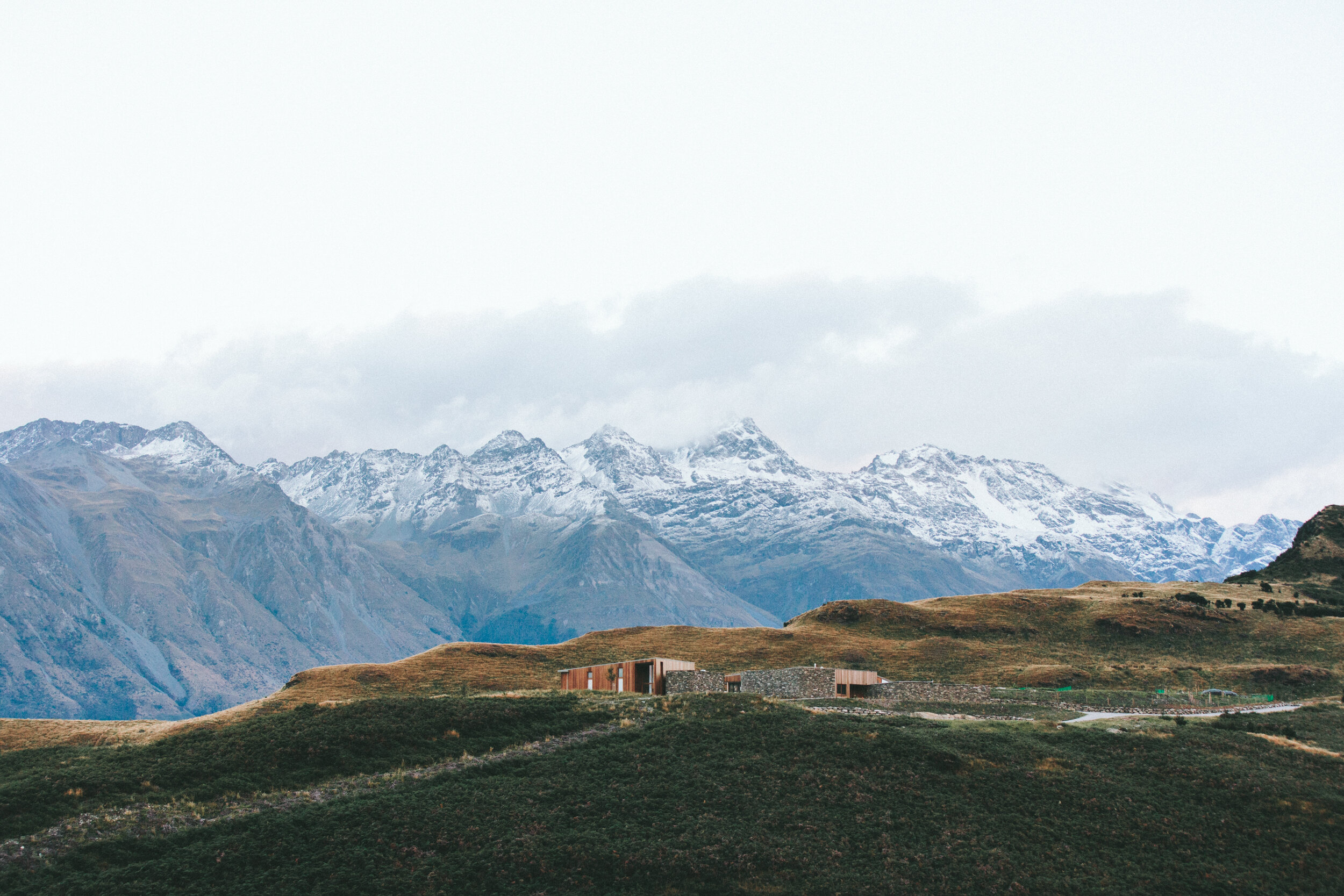
Build it.
It all begins with an idea. Maybe you want to launch a business. Maybe you want to turn a hobby into something more. Or maybe you have a creative project to share with the world. Whatever it is, the way you tell your story online can make all the difference.
-
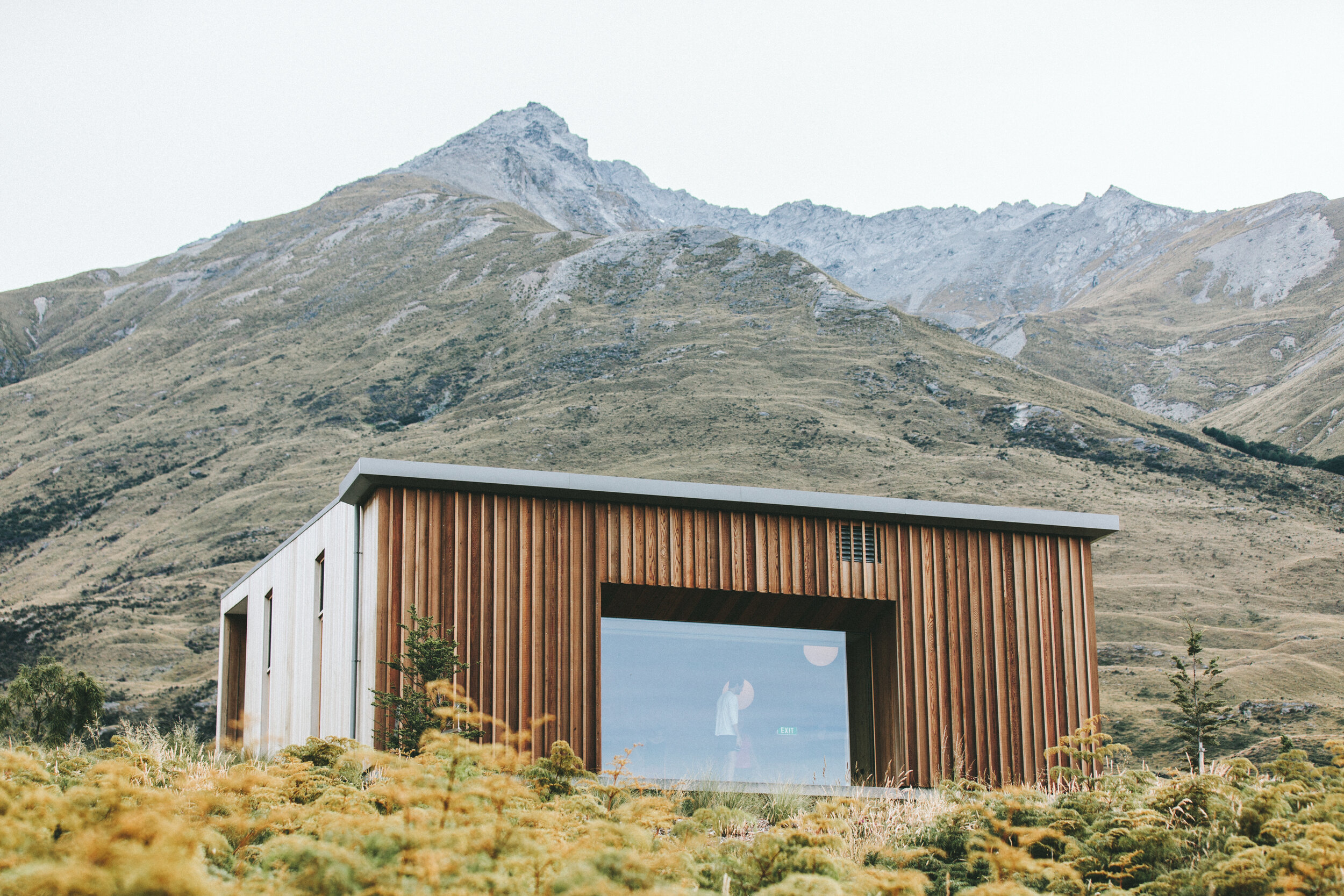
Grow it.
It all begins with an idea. Maybe you want to launch a business. Maybe you want to turn a hobby into something more. Or maybe you have a creative project to share with the world. Whatever it is, the way you tell your story online can make all the difference.

